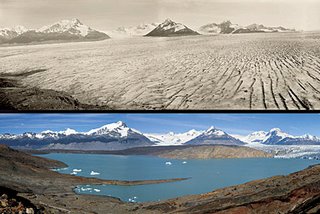Water Footprint

Water Footprint
People use lots of water for drinking, cooking and washing, but even more for producing things such as food, paper, cotton clothes, etc. The water footprint of an individual, business or nation is defined as the total volume of freshwater that is used to produce the goods and services consumed by the individual, business or nation.
The relation between consumption and water use
The water footprint of a nation shows the total volume of water that is used to produce the goods and services consumed by the inhabitants of the nation. Since not all goods consumed in one particular country are produced in that country, the water footprint consists of two parts: use of domestic water resources and use of water outside the borders of the country. The water footprint includes both the water withdrawn from surface and groundwater and the use of soil water (in agricultural production).
Individual Water footprint calculator
Wet Clothes - Cotton as a water guzzler













